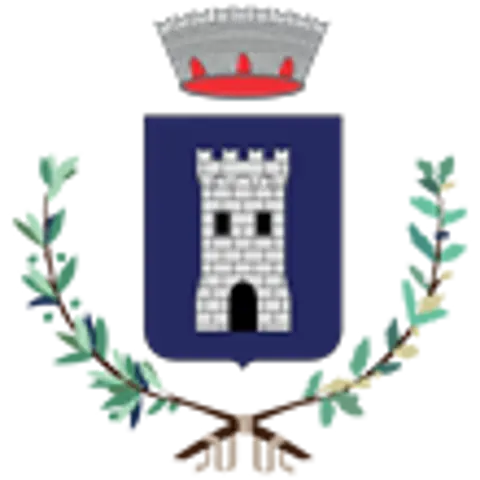Introduzione
Buongiorno, l’audio descrizione che state per ascoltare ha una durata complessiva di circa 11 minuti e vi permette di comprendere come sia organizzato il ciclo pittorico affrescato da Romanino all’interno della chiesa di Santa Maria della Neve.
All’interno del raccoglitore trovate le schede realizzate con carta a microcapsule permettono alle persone non vedenti di seguire passo passo tutta la descrizione.
Per la storia della chiesa si rimanda al Pannello esterno all’edificio.
Romanino lavora a Pisogne tra il 1532 e il 1534, affrescando tutto l’interno con un ciclo dedicato alla Passione di Cristo e all’esterno una Adorazione dei Magi. Le due pannellature di affreschi staccati che si trovano oggi collocate nell’abside terminale della chiesa sono quanto rimane della parte affrescata esterna con il corteo dei Re Magi, purtroppo molto deteriorato.

